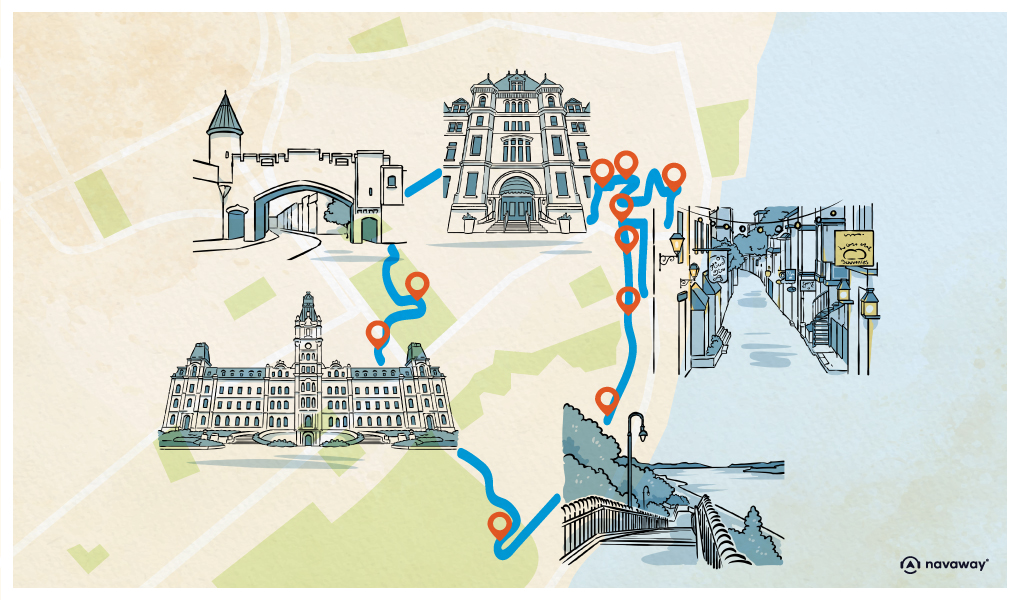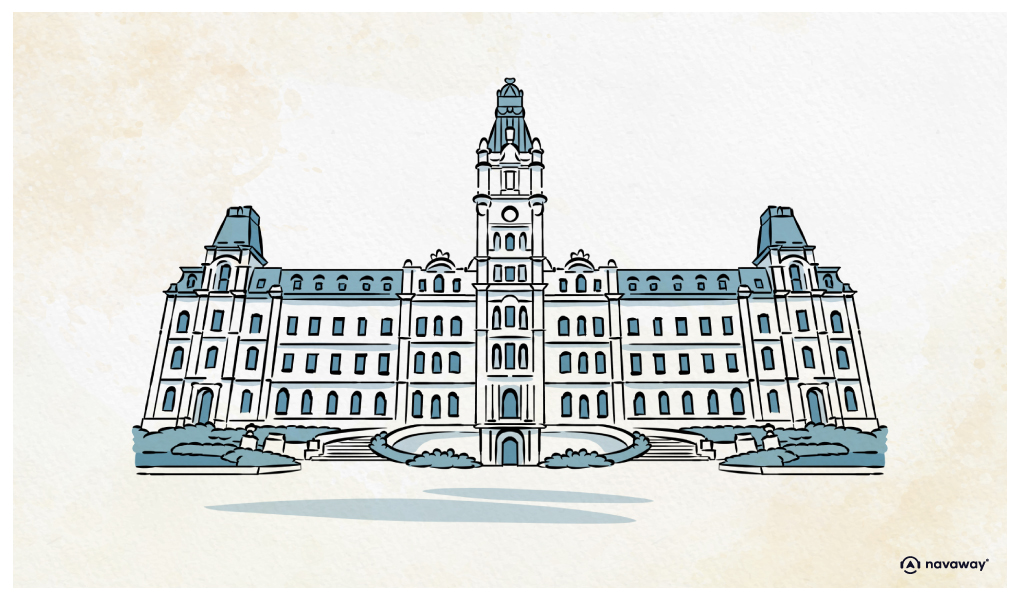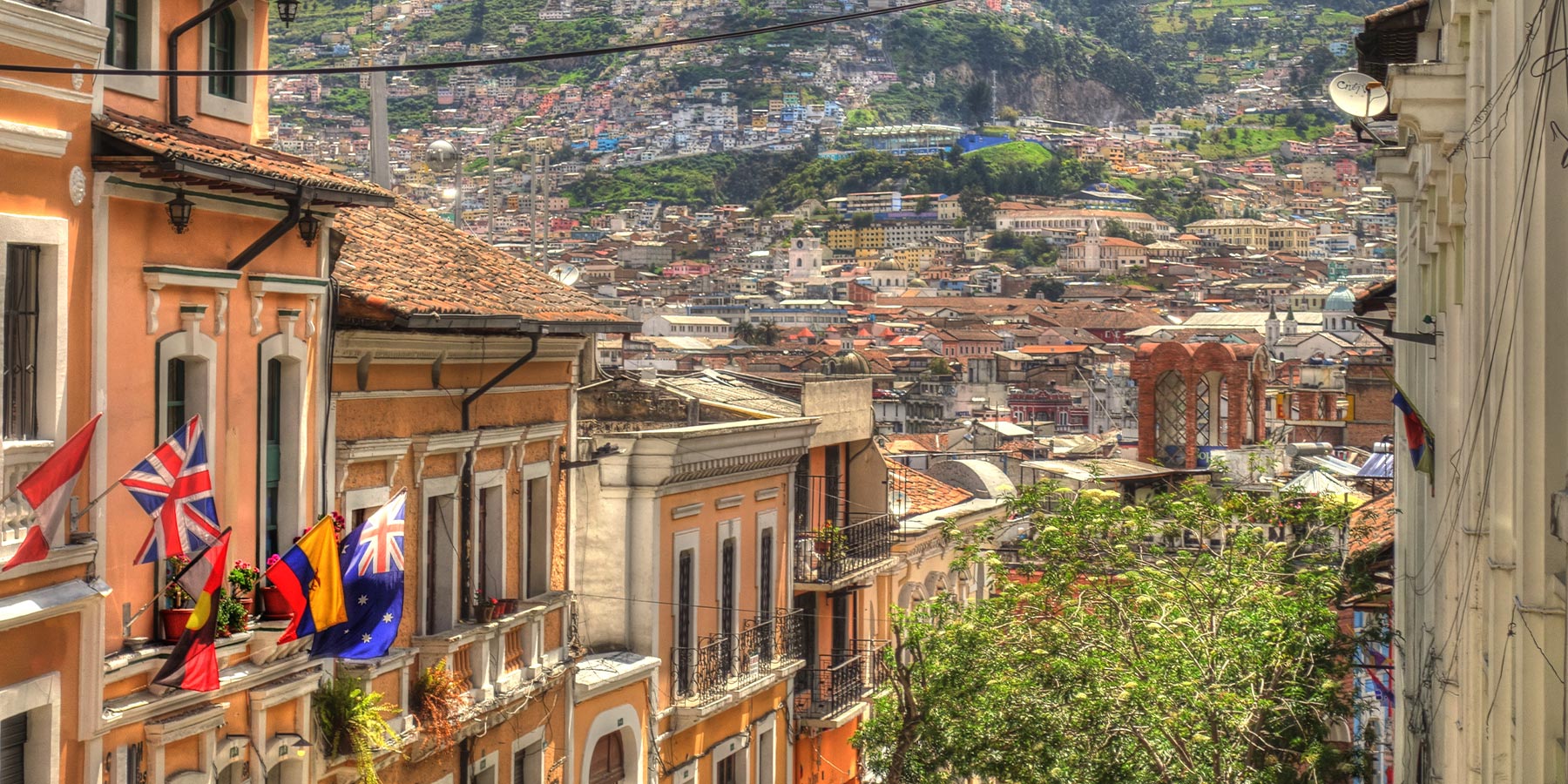
The Parliament Building

This point of interest is available as audio on the tour: Visit Quebec, Whispers of the Past
Take a moment to admire the impressive building in front of you – the magnificent home of Quebec’s National Assembly. Built between 1875 and 1886, it’s one of the most iconic landmarks in the province. When the British North America Act was signed in 1867, Britain aimed to unite all its North American colonies into a single federation. The British established legislative assemblies in each region to strengthen royal authority. As for Quebec’s parliament building, French architect Eugène-Étienne Taché took inspiration from his homeland, crafting an elegant example of French Second Empire architecture. If you’ve ever visited Ottawa, you might recall Ontario’s parliament, built in a splendid English neo-Gothic style. Here, the architect highlighted Quebec’s French roots by engraving the province’s history into the building’s façade. Take a closer look at the statues and bas-reliefs—each tells a story from the colonial days. Perhaps the most intriguing feature is the inscription carved into the pediment: Je me souviens, meaning I remember, the province’s official motto. Every Quebecer knows this phrase, but few can explain its meaning. Eugène-Étienne Taché didn’t leave any written explanation, and debates have continued ever since. Many associate it with a remembrance of history, especially the pivotal Battle of the Plains of Abraham in 1759, which led to the fall of New France. In 1978, the architect’s granddaughter published a letter in a Montreal newspaper, claiming her grandfather had written a poem that began with: “I remember that born under the lily, I grew up under the rose.” A beautiful metaphor referencing the French monarchy’s fleur-de-lis and the Tudor rose, symbol of the British Crown. However, it was later clear that she mistakenly combined two separate quotes from her grandfather: the famous inscription on the parliament building, and another poetic line intended for an allegory of Canada’s origins, which read: “Born under the lily, with God’s help, Champlain’s work flourishes under the rose.” Today, many believe that Taché wanted to create a sort of Pantheon—just like the one in Paris, to honour those who shaped the identity of Quebec. Whatever its meaning, make sure to step inside this remarkable building. Admission is free, and guided tours are available.


Discover Quebec with app
An interactive guide through the most beautiful streets, squares, and districts
24 fun audioguides full of historical facts, anecdotes, and legends





Comments